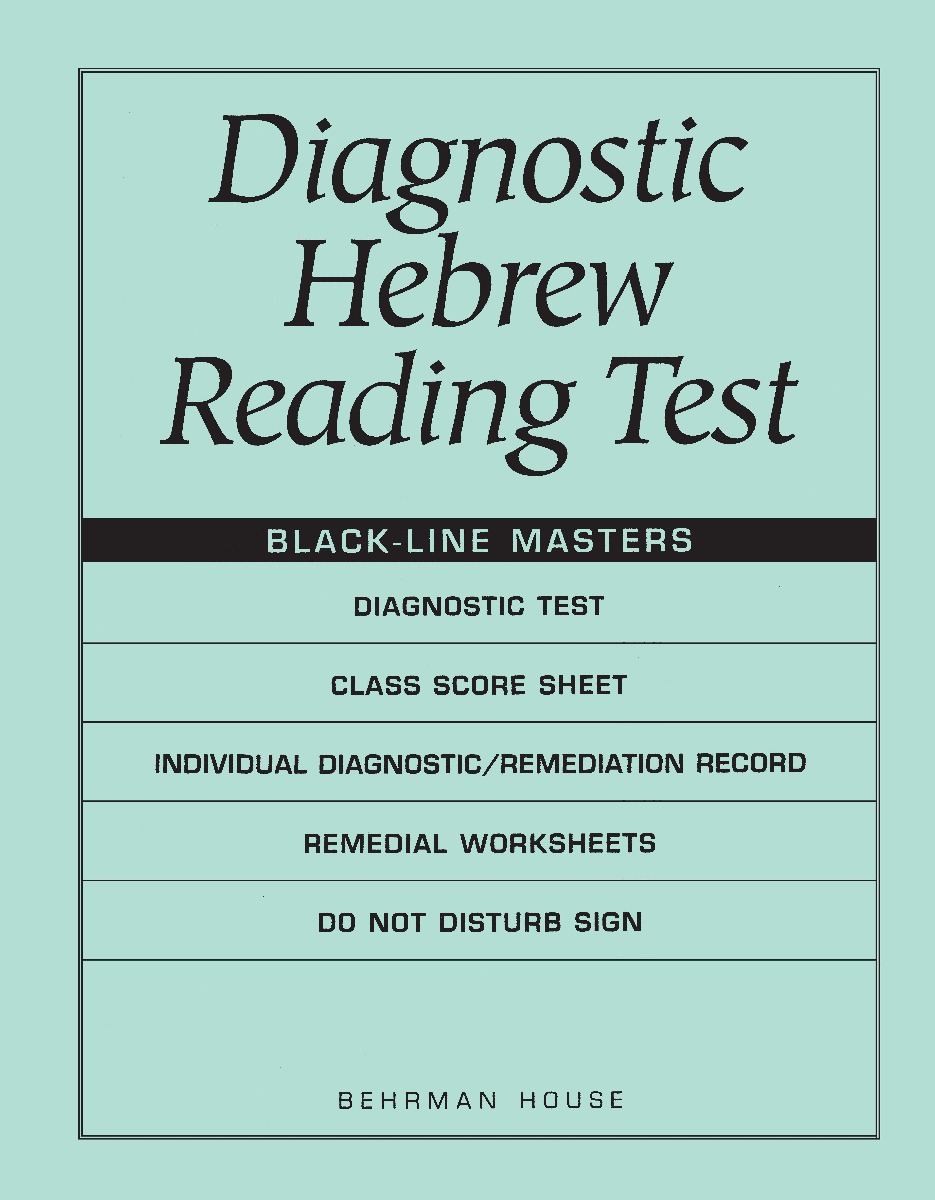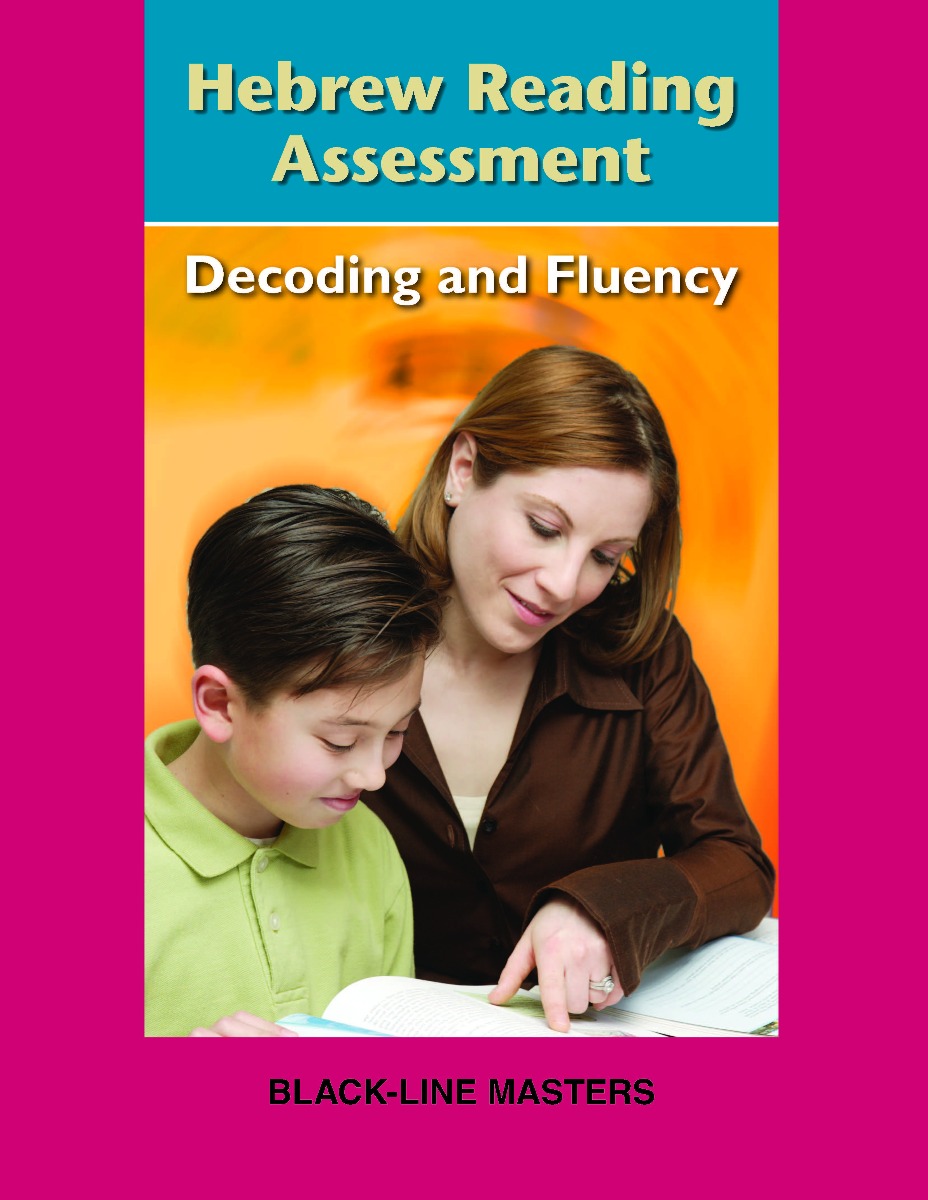Hebrew Assessment: Essential, Effective, and Easy
Imagine a pilot trying to land a plane without being able to see the runway, and without a compass to keep on course.
We don't want to teach Hebrew flying blind either. We want to know what our students are learning and whether we're accomplishing our curricular objectives.
It’s best not to wait until the end of the year to take stock of our students Hebrew learning. Ongoing assessment can become a compass. It can help us understand the development needs of our students. It can reveal which parts of the material they learn most easily, and which are most difficult. Done well, it can help us understand where students need individualized remediation, and where they can forge ahead.
Ongoing assessment provides a series of snapshots of a student's progress along a continuum of learning. Over time, the teacher can develop a profile of each student's progress and can make appropriate adjustments to the learning plan. Assessment can help teachers:
- - Specify individual and class learning goals
- - Place students in ability groups at the start of the year and move children up to higher-level groups during the year.
- - Remediate Hebrew reading and pronunciation errors before they become ingrained, and so students feel successful in class.
- - Develop instructional plans that make the best use of limited class time.
- - Identify specific areas the whole class needs to review.
- - Uncover an individual student's trouble spots.
- - Provide effective, frequent, and positive feedback for students.
- - Provide feedback to the Director of Education about overall class progress.
- - Give feedback to parents, teachers, and the religious school committee.
Whether you’re thinking of doing formative or summative assessments to see where students need extra help, or for placement, here are some options:
Decoding and Hebrew Language Skills
Educators need an easy and automatic way to assess students’ accuracy and fluency—beyond the teacher or a madrich/ah listening to every child read individually—in order to:
Written specifically for assessing students' accuracy and fluency in decoding, Hebrew Reading Assessment can help you understand your students’ skills - at every level. These black-line masters include twenty-five assessment pages divided into six sections that highlight key skills such as letter and vowel recognition, blending letters and vowels and whole words, look-alike/sound-alike letters, sight reading, special rules, and Hebrew in context.
At the beginning of each section is an introduction providing guidance on how to assess that specific area of decoding and how to use the supplementary questions included on every page. Also included are sample rubrics and a multiyear record.
Each page is also available in audio format, read aloud by author and educator Lesley Litman. Click here for the Hebrew Reading Assessment audio tracks.
Click here for a sample rubric, the multiyear record, an introduction to letter and vowel recognition, and an exercise with supplementary questions.
 Diagnostic Hebrew Reading Test
Diagnostic Hebrew Reading Test
This 45-minute diagnostic test is designed to be used with post-primer levels and administered as a class. These black-line masters focus on vowels and short-word recognition.
Hebrew Content
Hineni
Assess student’s content knowledge at each level of the Hineni prayer curriculum. The Hineni Teacher’s Editions include a prayer content assessment page at the end of each lesson. Answer keys are included in the back of each book.
The Self-Guided Hineni lets students check their own progress. Through assessment sheets for all the prayers, students can circle errors and work through a prayer mastery chart.
Click here for a sample page from The Self-Guided Hineni.
Hebrew in Harmony
Assessment is built into the program in several ways. The last page of each student journal is designed to check student’s learning of the prayer module, with reflection and critical-thinking questions.
In Hebrew in Harmony Digital, students can record themselves reading prayers and compare their readings to the audio tracks in the app. Comparing their readers allows them to own their own prayer mastery and determine what they think they need to work on.
The Hebrew in Harmony Curriculum Core for teachers provides detailed techniques for framing the learning, such as Know, Do, Believe, and Belong. Click here for the assessment information from the Curriculum Core.
Don’t forget to subscribe to our newsletter and connect with us on social media!




